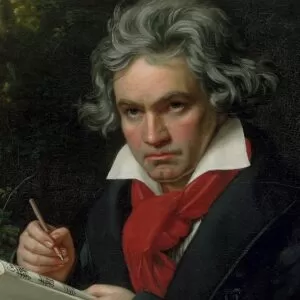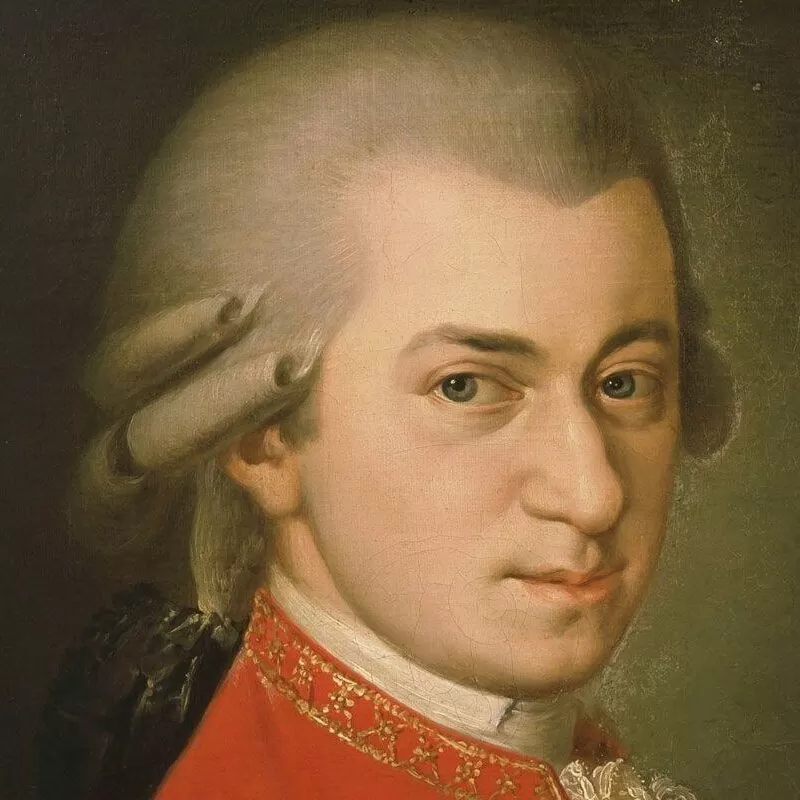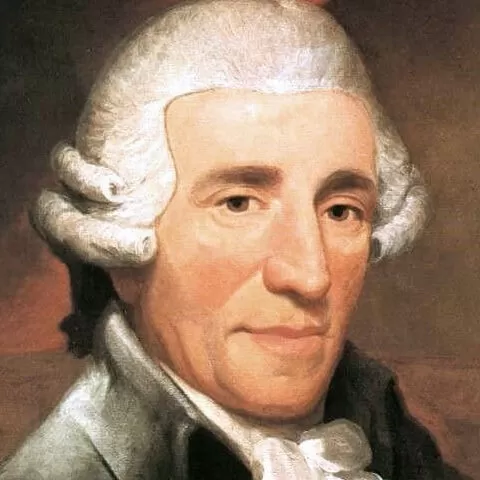


Birth: September 7, 1731 | London, UK
Death: February 9, 1765 | London, UK
Nationality: English
Era: Classical
Composer Biography: Elisabetta de Gambarini, born in London on September 7, 1731, was the daughter of a bureaucrat. Recognized for her enchanting voice from a young age, she graced London's stages in her teens. Specializing in choral and operatic works, she premiered compositions by Handel, showcasing her mezzo-soprano talents. In 1748, she ventured into publishing, releasing pieces for solo harpsichord and voice with accompaniment in both Italian and English. Among her notable works is a renowned rendition of "Honour, Riches, Marriage-Blessing" from Shakespeare's The Tempest. Gambarini's musical legacy echoes through the classical era, leaving a lasting imprint on the London music scene until her passing on February 9, 1765.
Listen to a captivating audio sample of Elisabetta de Gambarini's music.

Ludwig van Beethoven, a pioneering composer, revolutionized Western classical music, setting new standards for symphonies. His compositions, including nine symphonies, an opera, and pieces for various instruments, expressed profound ideas and emotions, moving beyond mere entertainment.
Early Life and Career:
Growing Fame and Deafness:
Explore an engaging audio snippet showcasing the timeless beauty of Ludwig van Beethoven's masterful composition, the Violin Concerto In D Major, Op. 61.

Musical Odyssey Across Europe
Evolution of Style and Collaboration
Legacy Beyond Time
Explore an engaging audio snippet showcasing the timeless beauty of Wolfgang Amadeus Mozart's masterful composition.

Born to Musical Destiny: The Early Years (1732-1758)
The Playful Composer Emerges (1758-1766)
Esterházy Years: Isolation and Prolific Innovation (1766-1791)
London Sojourn and Lasting Legacy (1791-1809)
Explore an engaging audio snippet showcasing the timeless beauty of Joseph Haydn's masterful composition, Oboe COncerto.

Early Life and Musical Beginnings
Explore an engaging audio snippet showcasing the timeless beauty of Maria Anna Szymanowska's masterful composition, Nocturne in B Flat.